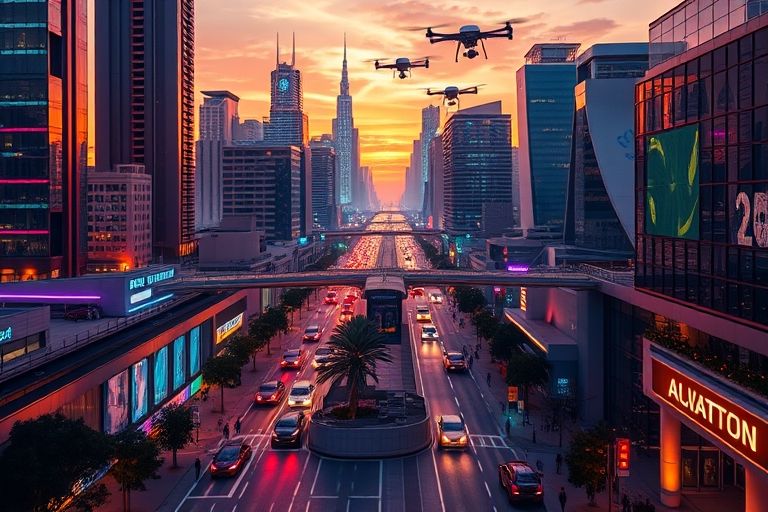
As the world population continues to grow, the concept of smart cities is becoming increasingly popular as a way to manage urbanization. Smart cities use technology to improve the quality of life for their citizens, and one of the most important aspects of this is safety and security. This is where AI comes in, providing a range of tools and techniques to help create safer, more secure environments for everyone.
There are many examples of how AI is being used to enhance safety and security in smart cities. One of the most important is video surveillance. By using AI to analyze video footage, it is possible to detect potential security threats, such as people acting suspiciously or carrying weapons. This can help law enforcement to react quickly and effectively to potential threats, and prevent crime before it happens.
Another example is predictive policing. By analyzing data on past crimes and using AI algorithms to identify potential hotspots, police departments can focus their efforts on areas where crime is most likely to occur. This can help to reduce crime rates and make neighborhoods safer for residents.
Implementing AI-enabled safety and security in smart cities requires careful planning and collaboration between different stakeholders. This includes city officials, law enforcement agencies, and technology providers. The first step is to identify the specific safety and security challenges facing the city, and then to determine which AI tools and techniques can be used to address them.
Once the appropriate tools have been identified, the next step is to deploy them in a way that maximizes their effectiveness. This may involve installing cameras and other sensors in key locations, and deploying AI algorithms to analyze the data they collect. It may also involve training law enforcement personnel in the use of AI tools, and developing new policies and procedures to ensure that they are used effectively.
AI-enabled safety and security in smart cities is an increasingly important topic, as cities around the world look for ways to improve the quality of life for their citizens. By using AI tools and techniques to enhance video surveillance, predictive policing, and other safety and security measures, it is possible to create safer, more secure urban environments. The key is to identify the specific challenges facing each city, and to work collaboratively to find the best solutions.